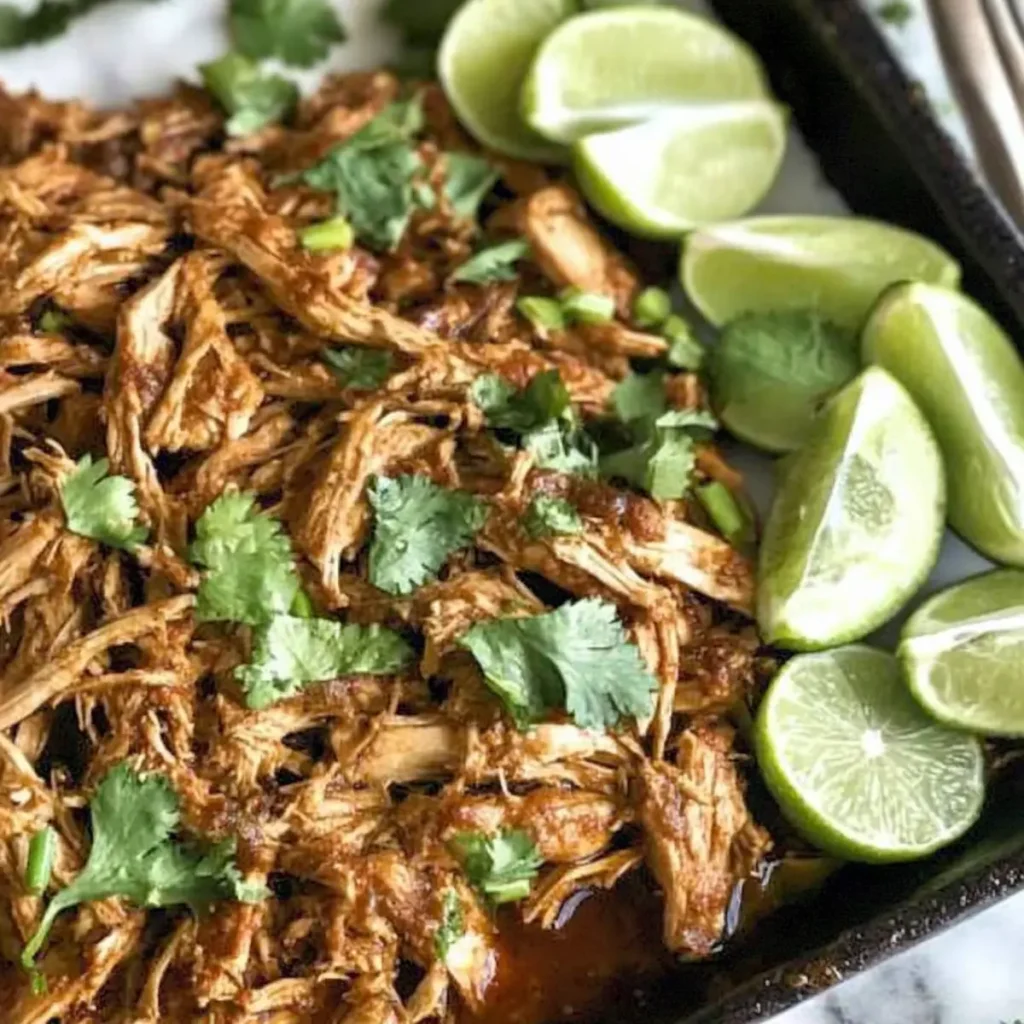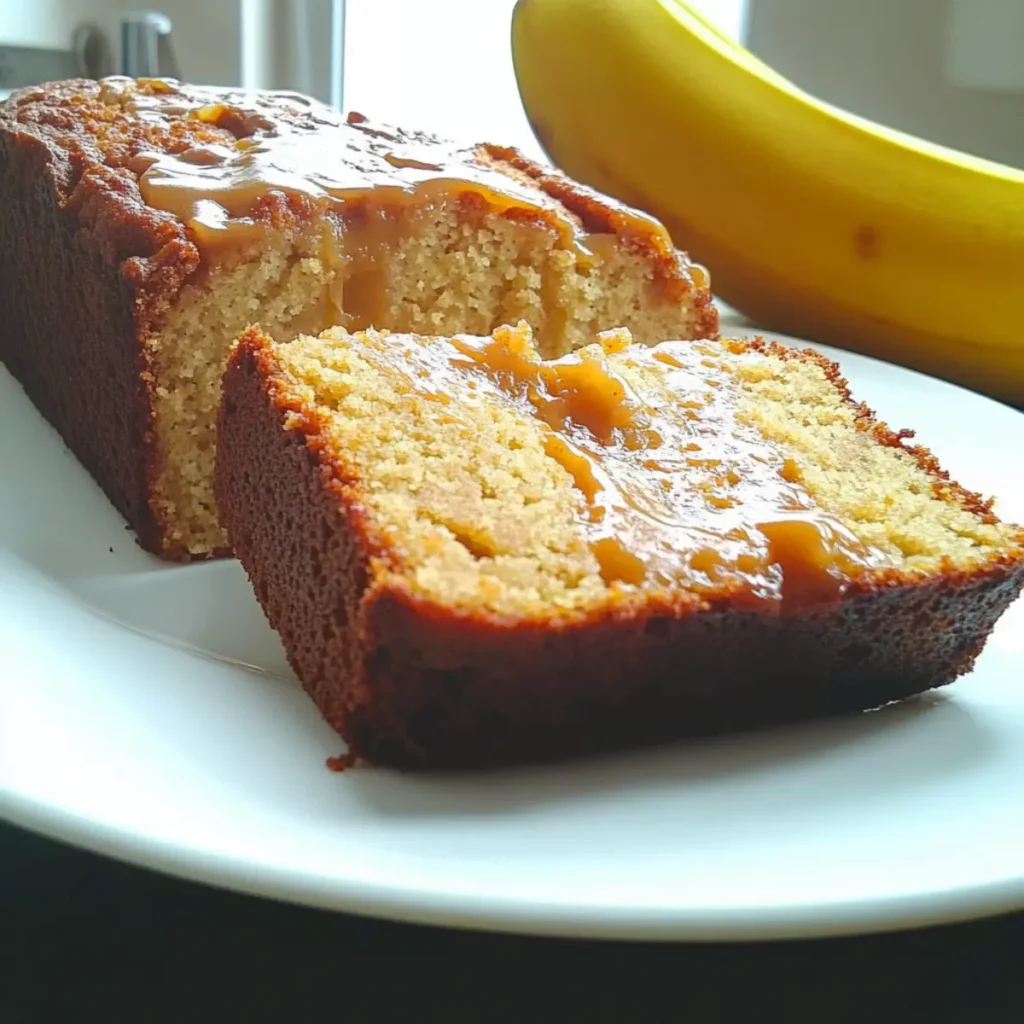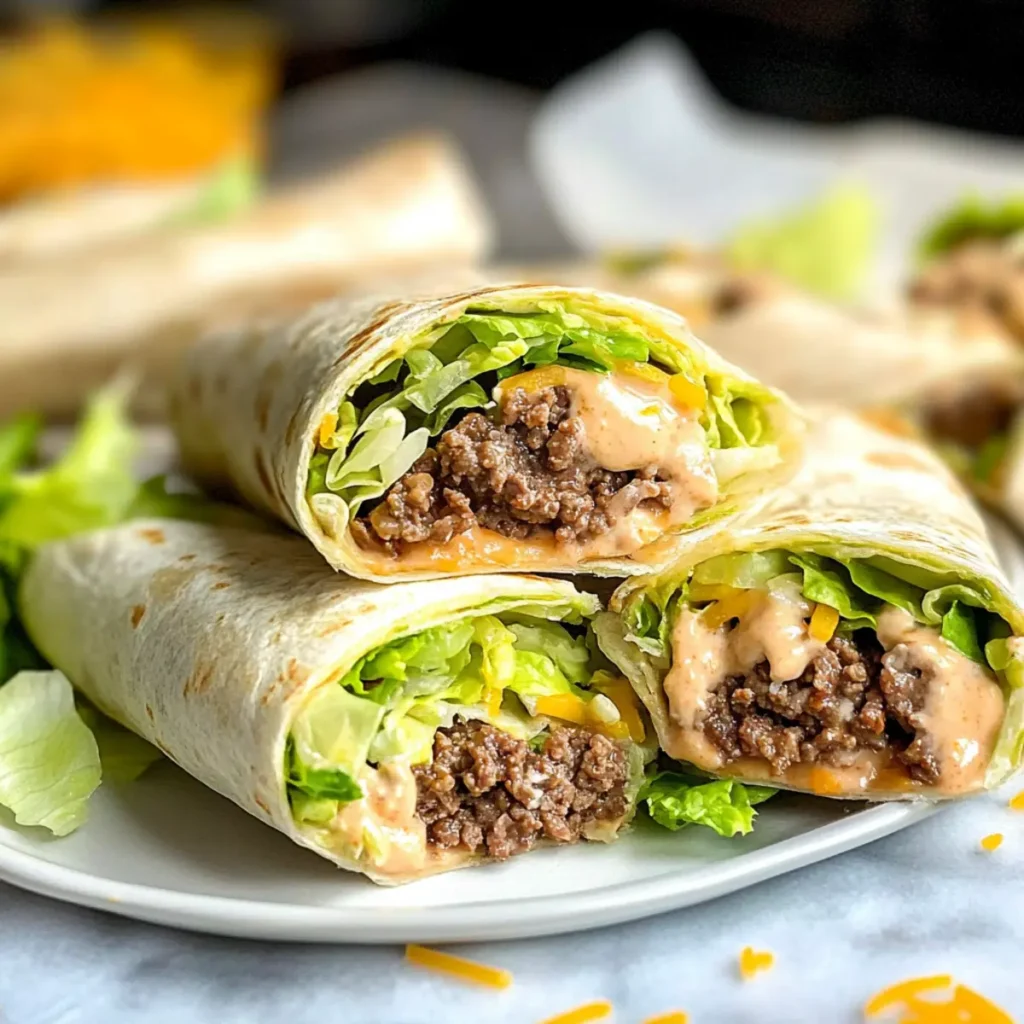Protein donuts are a game-changer in the world of healthy treats. Combining the indulgence of a traditional donut with the nutritional benefits of protein, these baked goods are perfect for fitness enthusiasts and anyone looking for a healthier snack option. In this article, we’ll dive into the best protein donut recipes and explore how you can make these delicious treats at home.
Key Ingredients for Protein Donuts
High-Protein Flour
- Almond or Oat Flour: These flours are not only gluten-free but also add a significant amount of protein to your donuts, making them more nutritious and filling.
Protein Powder
- Whey, Pea, or Rice Protein: Choose a protein powder based on your dietary preferences. This ingredient is crucial for boosting the protein content of your donuts.
Natural Sweeteners
- Maple Syrup or Honey: Opt for these natural sweeteners to avoid refined sugars. They add a delightful sweetness and can contribute to the overall texture of the donuts.
Eggs
- Binding Agent: Eggs are essential for binding the ingredients together and contribute additional protein. For vegan alternatives, consider using flax or chia seeds mixed with water.
Healthy Fats
- Coconut or Avocado Oil: These oils are not only healthy but also add moisture to your donuts, ensuring they don’t turn out dry.
Leavening Agents
- Baking Powder or Baking Soda: These are necessary to help your donuts rise and achieve a fluffy texture.
Flavor Enhancers
- Vanilla Extract, Cinnamon, Cocoa Powder: These add depth and richness to the flavor of your donuts, making them even more irresistible.
Each of these ingredients plays a vital role in creating the perfect protein donut. By carefully selecting and combining them, you can create a delicious, nutritious treat that satisfies your sweet tooth and supports your health goals.
For more insights on the health benefits of protein, check out this resource on understanding protein’s health benefits.
Step-by-Step Preparation Guide for Protein Donuts
1. Preheat Your Oven
- Begin by preheating your oven to the appropriate temperature, usually around 350°F (175°C). This ensures a consistent baking environment for your donuts.
2. Prepare the Donut Pan
- Lightly grease your donut pan with a bit of oil or non-stick spray. This step is crucial to ensure that your donuts can be easily removed from the pan after baking.
3. Mix Dry Ingredients
- In a large mixing bowl, combine your high-protein flour, protein powder, and leavening agent (baking powder or soda). If you’re adding flavor enhancers like cinnamon or cocoa powder, mix them in at this stage.
4. Combine Wet Ingredients
- In a separate bowl, whisk together the eggs, natural sweetener (maple syrup or honey), and liquid fat (such as melted coconut oil or avocado oil). If your recipe calls for vanilla extract or another liquid flavoring, add it to this mixture.
5. Combine Wet and Dry Ingredients
- Gradually pour the wet ingredient mixture into the bowl containing the dry ingredients. Stir the mixture until just combined, being careful not to overmix as this can affect the texture of the donuts.
6. Fill the Donut Pan
- Transfer the batter to the donut pan. You can do this using a spoon, but for a cleaner and more precise method, consider using a piping bag or a ziplock bag with a corner cut off.
7. Bake the Donuts
- Place the donut pan in the preheated oven and bake for about 10-15 minutes. The exact time may vary depending on your oven and the size of your donut pan. The donuts are done when they are golden brown and a toothpick inserted into the center comes out clean.
8. Cool the Donuts
- After baking, allow the donuts to cool in the pan for a few minutes. Then, gently remove them and place them on a wire rack to cool completely. This step is important to prevent the donuts from becoming soggy.
9. Add Toppings or Glaze (Optional)
- Once the donuts are cool, you can add toppings or glaze if desired. This could be a simple sugar glaze, melted chocolate, or a sprinkle of powdered sugar. For a healthier option, consider a drizzle of nut butter or Greek yogurt.
10. Serve and Enjoy
- Your protein donuts are now ready to be enjoyed! Serve them as a nutritious breakfast, a post-workout snack, or a healthy dessert.
This step-by-step guide will help you create delicious and nutritious protein donuts that are perfect for a healthy lifestyle. Feel free to experiment with different ingredients and flavors to customize the recipe to your liking.
For a deeper understanding of the role of almond flour in baking, refer to exploring almond flour in baking.
Nutritional Breakdown of Protein Donuts
Protein donuts are not just a delicious treat; they also offer a range of nutritional benefits, making them a healthier alternative to traditional donuts. Here’s a breakdown of their key nutritional components:
1. High Protein Content
- Protein donuts are enriched with protein powder and high-protein flour, significantly increasing their protein content. This is beneficial for muscle repair, growth, and overall health. A typical protein donut can contain between 5 to 10 grams of protein, depending on the ingredients used.
2. Lower in Calories
- Compared to regular donuts, protein donuts are often lower in calories. This is due to the substitution of high-calorie ingredients like refined sugars and flours with healthier alternatives. It makes them a more suitable option for those monitoring their calorie intake.
3. Reduced Sugar Levels
- Natural sweeteners like maple syrup or honey replace refined sugars in protein donuts, leading to a lower glycemic index and reduced sugar content. This makes them a better choice for maintaining stable blood sugar levels.
4. Healthy Fats
- The use of oils like coconut or avocado oil provides healthy fats, which are essential for brain health and energy. These fats also contribute to the moistness and richness of the donuts.
5. Fiber Content
- Ingredients like oat flour or almond flour not only add protein but also increase the fiber content of the donuts. Dietary fiber is crucial for digestive health and can aid in maintaining a healthy weight.
6. Vitamins and Minerals
- Depending on the ingredients used, protein donuts can also be a source of essential vitamins and minerals. For example, almond flour is rich in vitamin E and magnesium, while eggs provide vitamin B12 and selenium.
7. Lower in Unhealthy Fats
- Unlike traditional donuts, which are often deep-fried, protein donuts are usually baked, reducing their unhealthy saturated and trans fat content.
It’s important to note that the exact nutritional values can vary based on the specific recipe and ingredients used. However, in general, protein donuts offer a more balanced nutritional profile compared to their traditional counterparts, making them a healthier option for a satisfying treat.
Creative Variations of Protein Donuts
Protein donuts offer a canvas for creativity, allowing you to experiment with various flavors and ingredients. Here are some creative variations to spice up your protein donut recipes:
1. Chocolate Lover’s Dream
- Infuse the batter with cocoa powder and add dark chocolate chips. Top with a chocolate protein glaze for an extra rich flavor.
2. Vanilla Almond Delight
- Use vanilla-flavored protein powder and almond flour. Garnish with sliced almonds and a light vanilla glaze.
3. Berry Burst
- Mix in freeze-dried berries like raspberries or blueberries for a tart flavor. Top with a berry-infused yogurt glaze for added freshness.
4. Cinnamon Roll Twist
- Add cinnamon to the batter and create a swirl effect with a mixture of cinnamon and sweetener. Drizzle with a cream cheese frosting for that classic cinnamon roll taste.
5. Peanut Butter Cup
- Incorporate peanut butter into the batter and add mini peanut butter cups. Finish with a peanut butter glaze and a sprinkle of chopped peanuts.
6. Lemon Poppy Seed
- Flavor the batter with lemon zest and poppy seeds. Use a lemon juice glaze to enhance the citrusy taste.
7. Matcha Green Tea
- Add matcha powder to the batter for a distinct green tea flavor. Complement with a white chocolate drizzle.
8. Pumpkin Spice
- Perfect for autumn, mix in pumpkin puree and pumpkin spice into the batter. Top with a cinnamon-spiced glaze.
9. Mocha Espresso
- Combine coffee powder and cocoa in the batter for a mocha flavor. Use a coffee-infused glaze to intensify the taste.
10. Coconut Tropical
Use coconut flour and add shredded coconut to the batter. Top with a pineapple glaze for a tropical twist.
These variations not only add a burst of flavor to your protein donuts but also make them visually appealing and exciting to eat. Feel free to mix and match ingredients based on your preferences and dietary needs.
Customizing for Dietary Needs
Protein donuts can be easily customized to cater to various dietary needs and preferences. Here are some ideas inspired by recipes from Yummyolk, along with internal links for further inspiration:
1. Gluten-Free Protein Donuts
- Use gluten-free flours like almond or coconut flour to make your protein donuts suitable for those with gluten intolerance or celiac disease. Check out this Velveeta Mac and Cheese recipe for inspiration on using gluten-free ingredients.
2. Vegan Protein Donuts
- For a vegan version, replace eggs with flaxseed or chia seed mixtures and use plant-based milk and protein powders. Vegan sweeteners like agave syrup can be used instead of honey. Explore vegan ingredient options with this Strawberry Cream Cheese Frosting recipe.
3. Low-Carb/Keto-Friendly
- Opt for low-carb flour alternatives and use sweeteners like stevia or erythritol. Increase the fat content with ingredients like coconut oil or butter to align with a ketogenic diet.
4. Nut-Free Options
- For those with nut allergies, use oat flour or seed-based flours instead of almond flour. Ensure that the protein powder used is also nut-free.
5. Dairy-Free Variations
- Use dairy-free milk alternatives and dairy-free protein powders. Coconut oil or other plant-based oils can replace butter.
6. Sugar-Free Protein Donuts
- Ideal for diabetics or those watching their sugar intake, use natural sweeteners like stevia or monk fruit extract. Ensure other ingredients like protein powders are also sugar-free.
By customizing protein donuts to meet these dietary needs, you can enjoy a delicious treat without compromising your dietary restrictions or preferences. Remember to always check labels for hidden allergens or ingredients that might not fit your specific dietary requirements.
Proper Storage Techniques for Protein Donuts
To ensure your protein donuts remain fresh and delicious, proper storage is key. Here are some effective techniques for storing these nutritious treats:
1. Cooling Before Storage
- Allow the protein donuts to cool completely at room temperature after baking. Storing them while they are still warm can lead to condensation and make them soggy.
2. Airtight Containers
- Place the cooled donuts in an airtight container. This helps to retain their moisture and prevents them from drying out. If you have different flavors, you might want to store them separately to prevent flavor transfer.
3. Room Temperature Storage
- For short-term storage (a day or two), keep the airtight container at room temperature in a cool, dry place. This is ideal if the donuts are likely to be consumed quickly.
4. Refrigerating Your Donuts
- If you need to store the protein donuts for several days, refrigeration is a good option. In the fridge, they can last up to a week. Be sure to let them reach room temperature before eating for the best flavor and texture.
5. Freezing for Long-Term Storage
- Protein donuts can be frozen for up to 3 months. Wrap each donut individually in plastic wrap or aluminum foil, then place them in a freezer-safe bag or container. This method is great for meal prep or if you have leftovers.
6. Thawing Frozen Donuts
- When you’re ready to eat a frozen donut, thaw it at room temperature or in the refrigerator overnight. You can also gently warm them in the microwave or oven if you prefer them warm.
7. Avoiding Moisture and Air Exposure
- Keep the container sealed tightly when not in use. Exposure to air and moisture can make the donuts stale and affect their texture.
By following these storage techniques, you can enjoy your protein donuts at their best quality for longer periods, ensuring that none of your delicious creations go to waste.
Serving Ideas and Pairings for Protein Donuts
Protein donuts are incredibly versatile and can be paired with a variety of foods and beverages to enhance their flavors and nutritional value. Here are some delightful serving ideas and pairings, inspired by recipes from Yummyolk:
1. Breakfast Combo
- Enjoy a protein donut with a side of Velveeta Mac and Cheese for a comforting and filling breakfast. The creamy texture of the mac and cheese complements the denseness of the protein donut.
2. Post-Workout Snack
- After a workout, pair a protein donut with a fruit smoothie or a protein shake. This combination provides both protein and carbohydrates, essential for muscle recovery and energy replenishment.
3. Coffee Break
- Savor a protein donut alongside a cup of your favorite coffee. The robust flavors of coffee are a perfect match for the sweet and savory taste of the donut.
4. Dessert Delight
- For a sweet treat, pair a protein donut with Strawberry Cream Cheese Frosting. The frosting adds a fruity and creamy dimension to the donut, making it an irresistible dessert.
5. Tea Time
- Enjoy your protein donut with a cup of herbal or green tea. The light and refreshing taste of the tea balances the richness of the donut.
6. Kid-Friendly Snack
- Make the protein donuts more appealing to kids by adding colorful toppings or a chocolate drizzle. Serve them with a glass of milk or a fruit juice for a wholesome snack.
These serving ideas and pairings are not only delicious but also add nutritional value to your meals, making protein donuts a versatile option for various occasions.
Protein Donuts Frequently Asked Questions
Are Protein Donuts Good for You?
Protein donuts can be a healthier alternative to traditional donuts. They are typically made with nutrient-rich ingredients like almond or oat flour and protein powder, which increase their protein content while reducing unhealthy fats and sugars. These donuts are a good option for those looking for a healthier treat, as they can help with muscle repair and growth, and provide sustained energy. However, it’s important to consume them in moderation as part of a balanced diet.
How Much Protein is in a Donut?
The protein content in a donut varies significantly depending on the recipe and ingredients used. Traditional donuts generally have low protein content, often around 2 to 4 grams per donut. In contrast, protein donuts, specifically designed to be high in protein, can contain anywhere from 5 to 10 grams of protein per donut, or even more. The exact amount depends on the type and amount of protein powder used and other protein-rich ingredients in the recipe.
Are Donuts Low Calorie?
Traditional donuts are not typically considered low-calorie due to their high sugar and fat content. They are often deep-fried and made with refined flour and sugar, which contribute to a higher calorie count. However, protein donuts can be relatively lower in calories as they are usually baked and made with healthier ingredients like natural sweeteners and protein-rich flours. The calorie content can vary, so it’s advisable to check the specific recipe for accurate information.
What is a Sugar Raised Donut?
A sugar-raised donut is a type of yeast-leavened donut that is light and airy, thanks to the fermentation of the dough. After being deep-fried, it’s typically coated with granulated sugar, powdered sugar, or a sugar glaze. The term “raised” refers to the dough rising due to the yeast. These donuts are known for their fluffy texture and sweet coating, making them a popular choice in bakeries and donut shops. However, they are high in sugar and calories, making them a less healthy option compared to baked or protein-enriched donuts.






